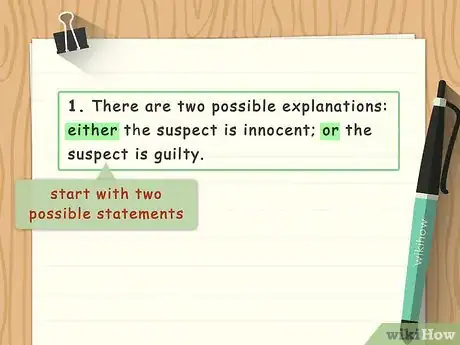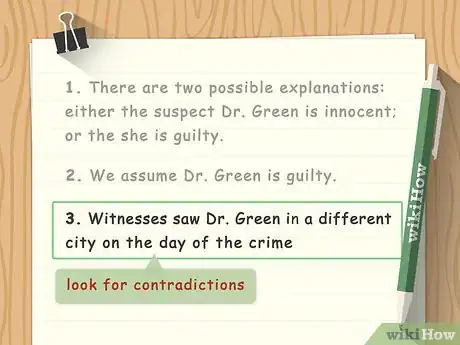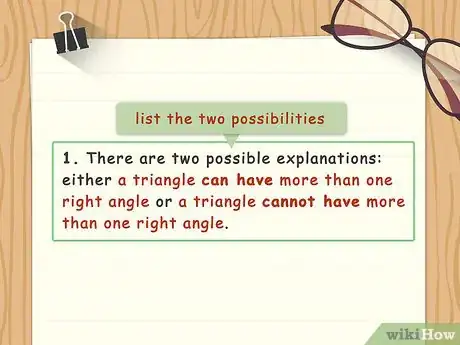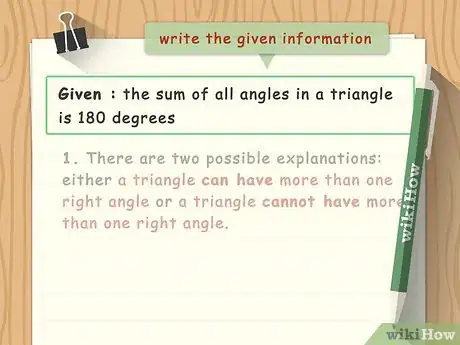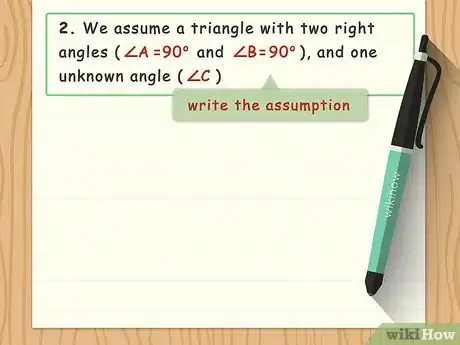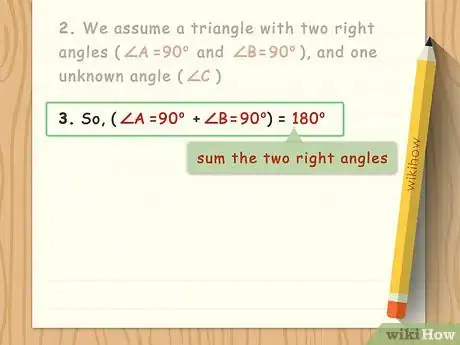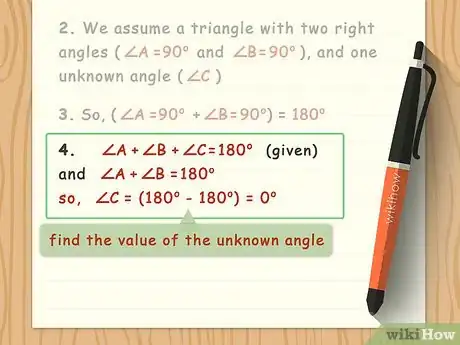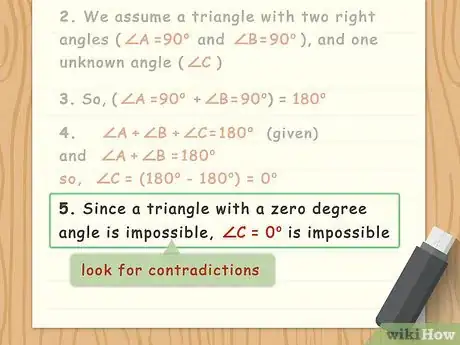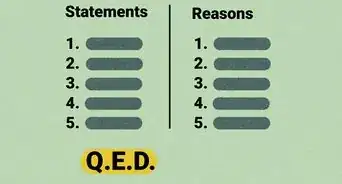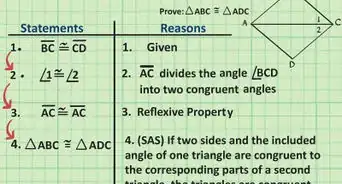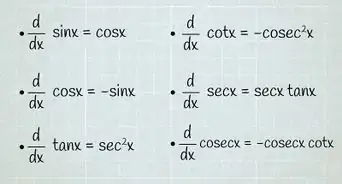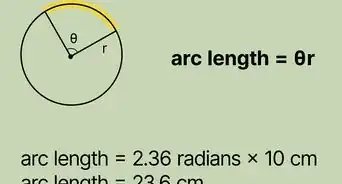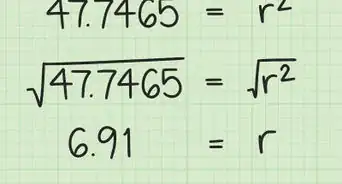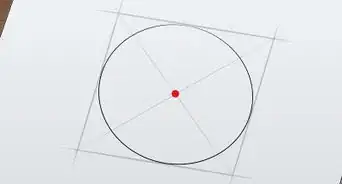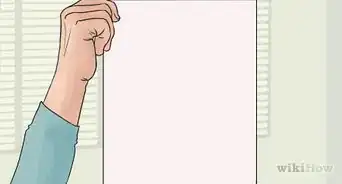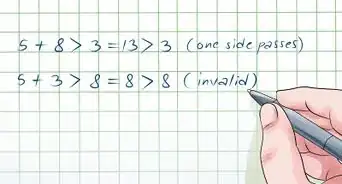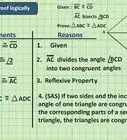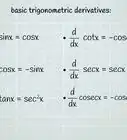X
wikiHow is a “wiki,” similar to Wikipedia, which means that many of our articles are co-written by multiple authors. To create this article, volunteer authors worked to edit and improve it over time.
This article has been viewed 32,320 times.
Learn more...
In a direct proof, you follow a series of logical statements leading to the statement you wish to prove. Indirect proof is a little trickier. You start with a "what if" statement. By following the chain of logic to a conclusion that doesn't make any sense, you prove that the "what if" statement is false.
Steps
Method 1
Method 1 of 2:
Writing an Indirect Proof
-
1Start with two possible statements. Indirect proofs work if you can describe the situation in two possible ways. Since there are only two options, once you prove one statement wrong, you will know the other one is correct. These are usually just two opposites: "A is true" and "A is not true."
- 'Example:' Think of a suspect in a police investigation. There are two possible explanations: the suspect is innocent; or the suspect is guilty. If we can rule out the idea that he's guilty, we automatically know he is innocent.
-
2Write down what you know is true. These statements are often called "axioms" or "givens" (as in, the information given to you). You don't have to write down every fact you know, but it may help to write down related, proven statements. These can help you draw logical conclusions.
- Example: "The person who committed the crime was at the crime scene." and "A person cannot be in two places at once." are two examples of real-life "givens." These should be so obvious you can include them in your proof without needing evidence.
Advertisement -
3Assume one of the statements is true. Pick the one you think you can disprove most easily. Start with the idea "what if this statement is actually true?" This is called a postulate. The goal of the indirect proof is to show where this postulate leads.
- Example: Assume the suspect is guilty. It might not be true, but that's what this proof will tell us.
-
4Draw logical conclusions and look for contradictions. Why is it useful to assume something that might not be true? The goal is not to find out the truth, but to look for contradictions. If your assumption leads to two contradictory statements, or if it contradicts one of your "givens," it means your assumption must be wrong.
- Example: If the suspect is guilty, as you've assumed, he must have been present while the crime was committed.
Witnesses saw the suspect in a different city on the day of the crime.
These two facts contradict each other. - If you fail to find any contradictions, it does not mean your assumption was correct, only that it is possible.
- Example: If the suspect is guilty, as you've assumed, he must have been present while the crime was committed.
-
5Conclude that your assumption was incorrect. If you found a contradiction, and there are no faults with your logic, your initial assumption must have been wrong.
- Example: The suspect could not have committed the crime and been in a different city at the same time. Therefore, the assumption that the suspect was guilty must be incorrect.
-
6Infer that the other statement must be correct. Now you know one statement is incorrect. Since there is only one other possible statement, that one must be right. You have now proved this statement indirectly.
- Example: Since the suspect cannot be guilty, he must be innocent.
- Notice that you do not need to spend any time investigating the other statement.
Advertisement
Method 2
Method 2 of 2:
Mathematical Indirect Proof: a Triangle Cannot Have More Than One Right Angle
-
1List the two possibilities. Here's a more mathematical example. The two statements are "A triangle can have more than one right angle" and "A triangle cannot have more than one right angle." Only one of these statements can be correct.
-
2Set up the given information. In this case, the information needed for this proof is "the sum of all angles in a triangle is 180 degrees." This is usually proven earlier in the math textbook, or provided as a truthful statement.
-
3Assume a triangle can have more than one right angle. This is the statement that seems easiest to disprove, so this is where to start. Imagine a triangle with two right angles (angles a and b), and one unknown angle (angle c).
-
4Sum the two right angles. Each right angle is 90 degrees. Angles a and b are both right angles, so a + b = 90 + 90 = 180 degrees.
-
5Try to find the value of the unknown angle. Our given information states that all three angles add up to 180 degrees. This means angles a + b + c = 180 degrees. Solve for c:
- 'a + b + c = 180
- We already found that a + b = 180, therefore 180 + c = 180.
- c = 180 - 180 = 0.
-
6Look for contradictions. The solution that angle c is 0 degrees is impossible, since a triangle with a zero degree angle is impossible.
-
7Draw conclusions. Since you found a contradiction, the assumption "a triangle can have more than one right angle" must be false. Therefore, by indirect proof, the other statement must be correct. A triangle cannot have more than one right angle.
Advertisement
About This Article
Advertisement
